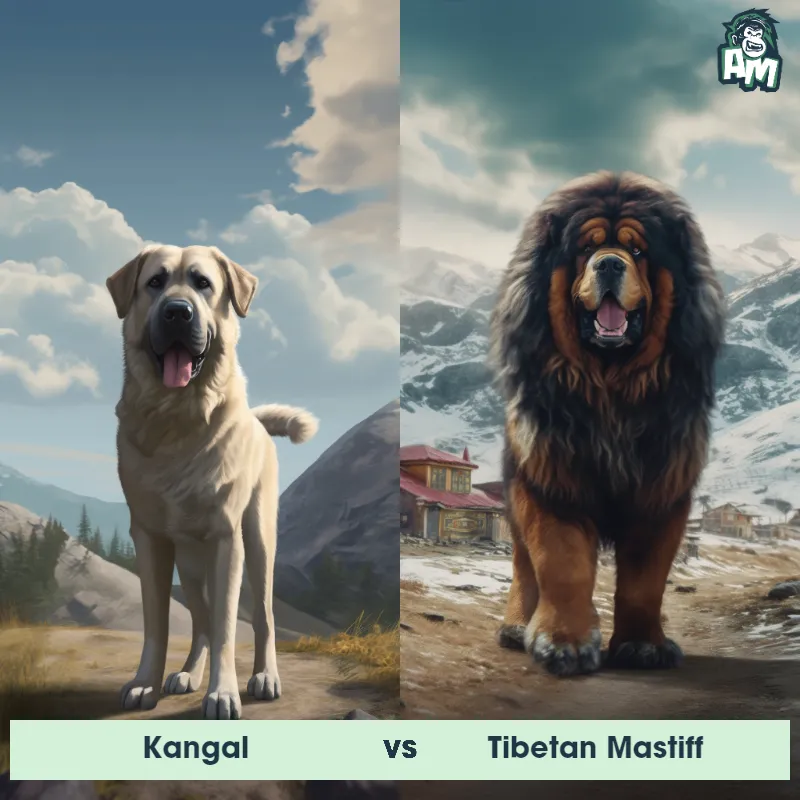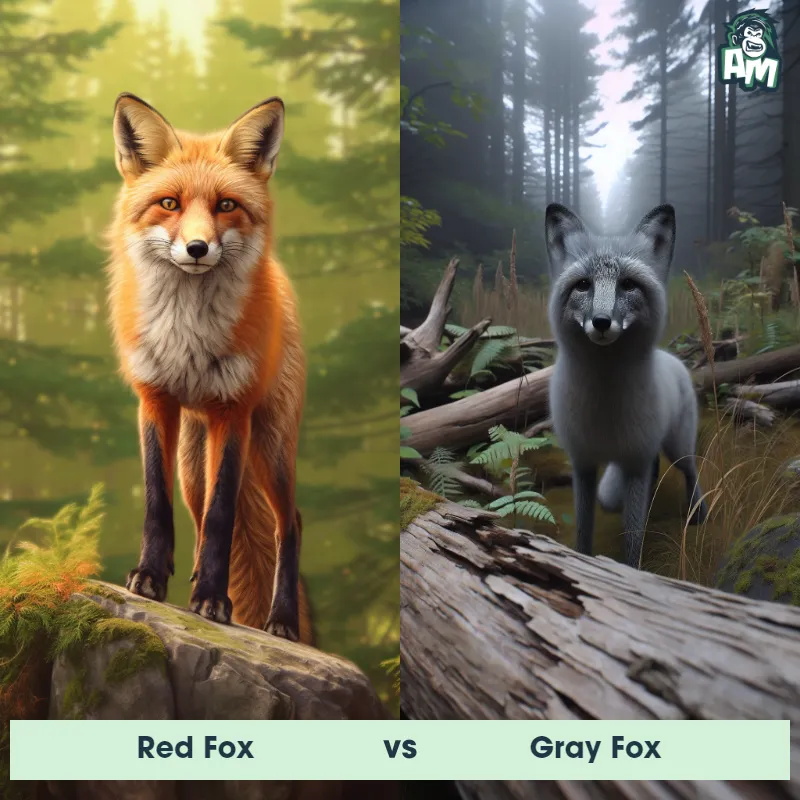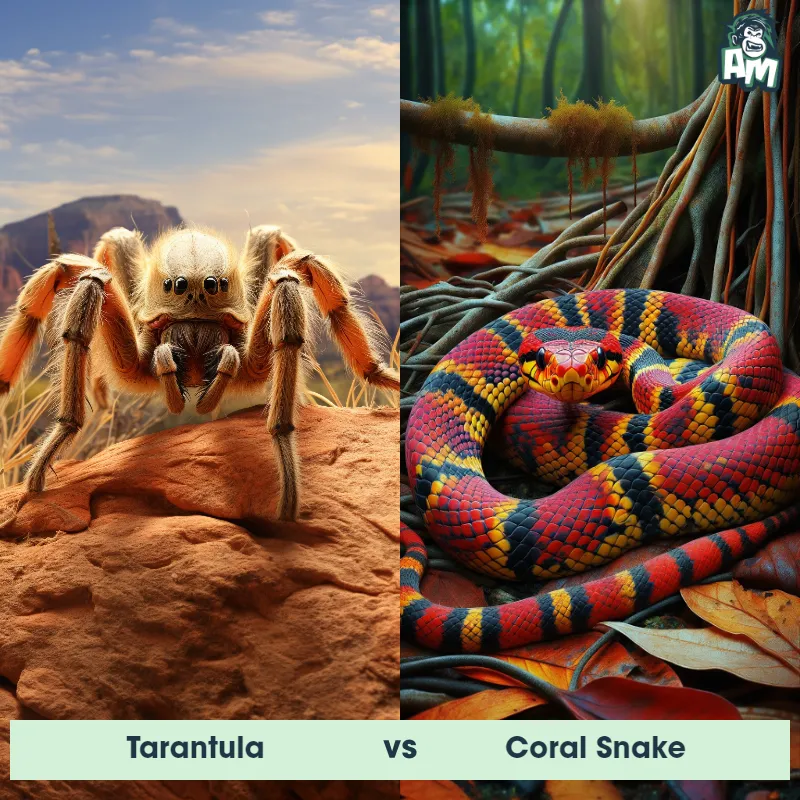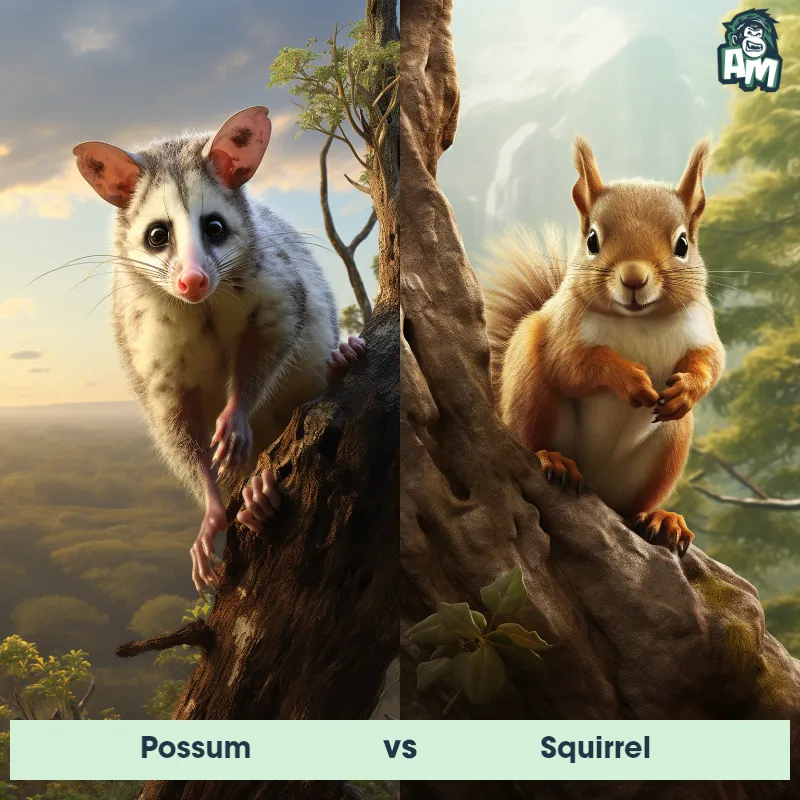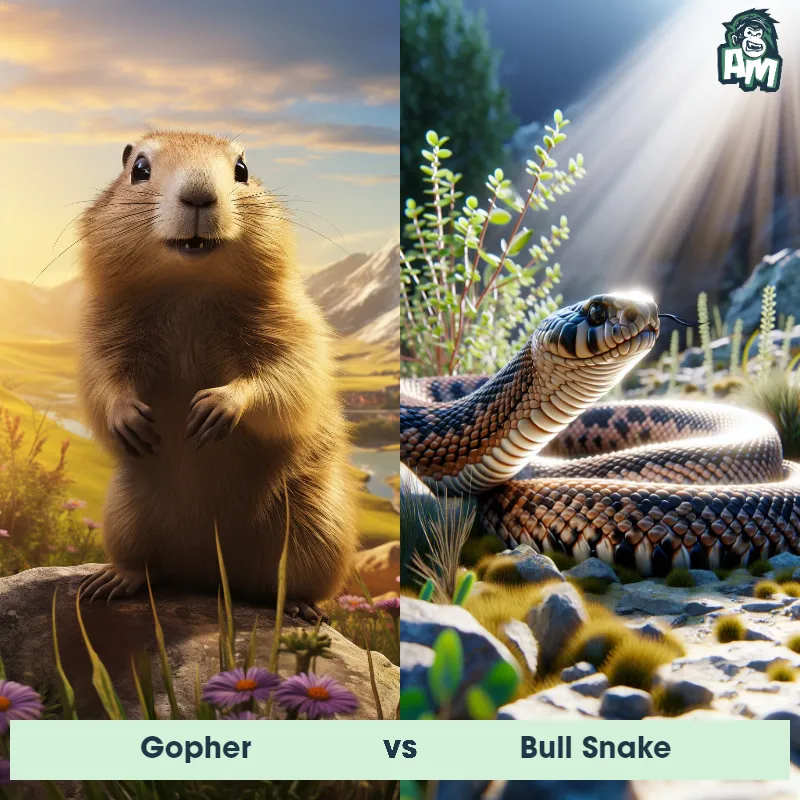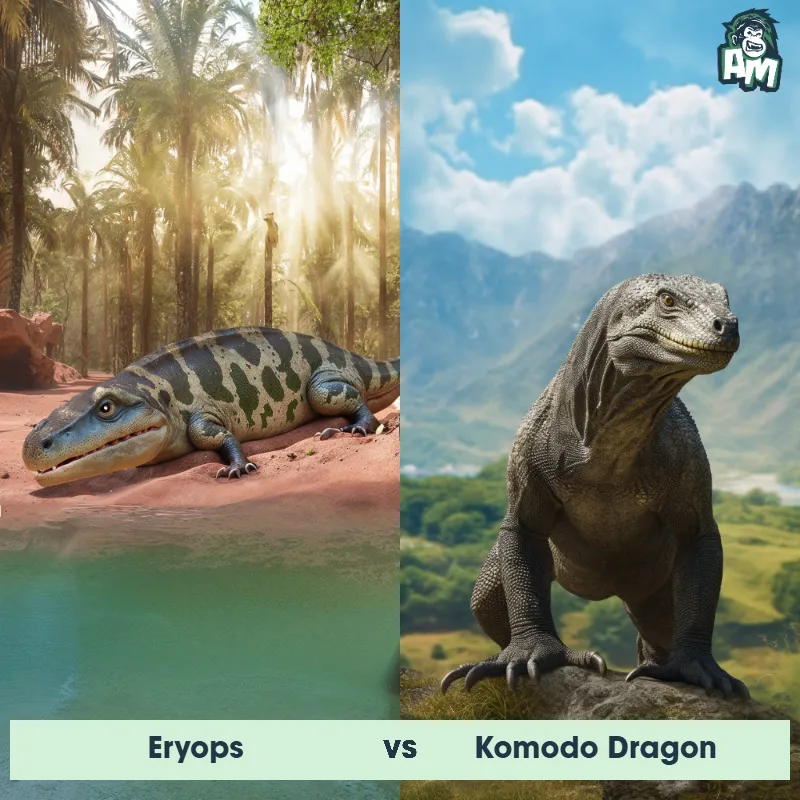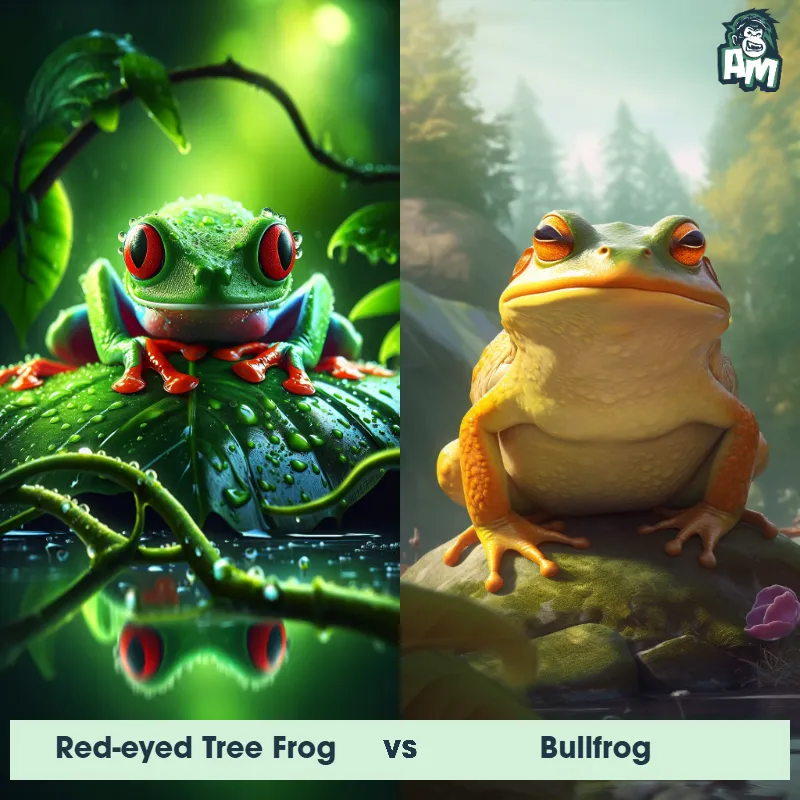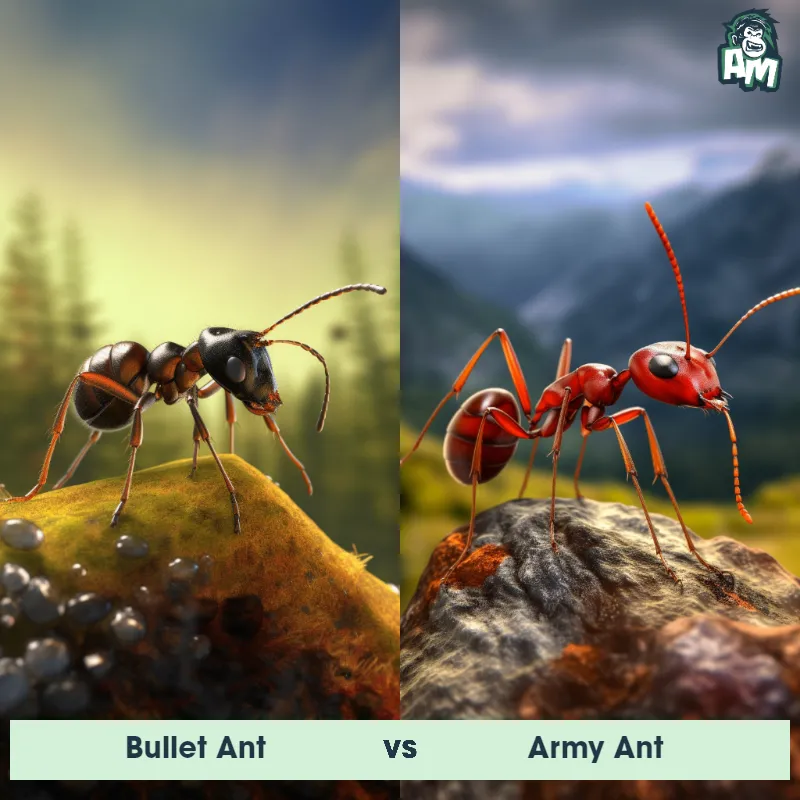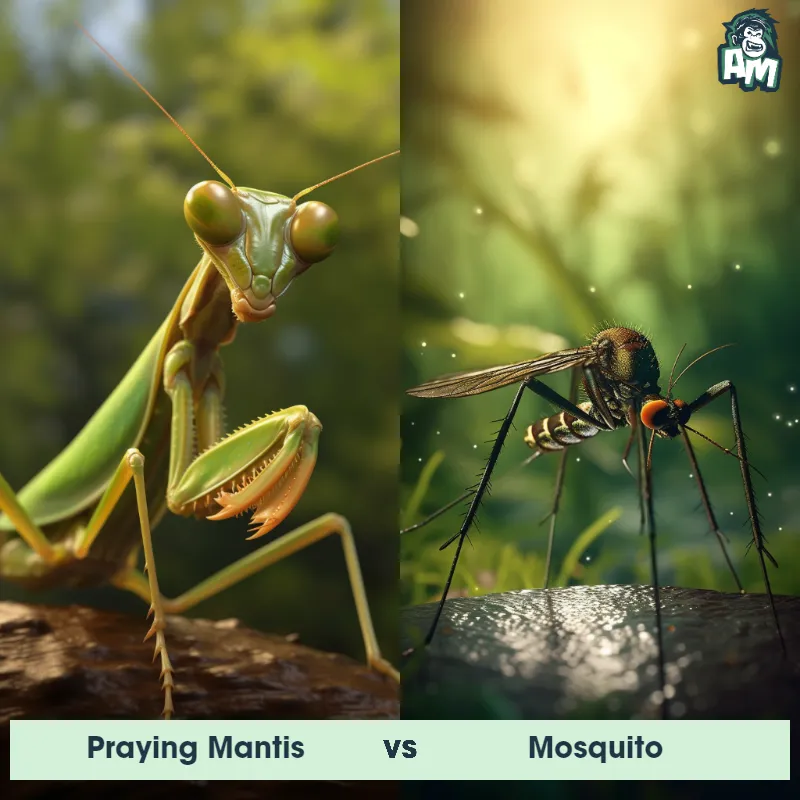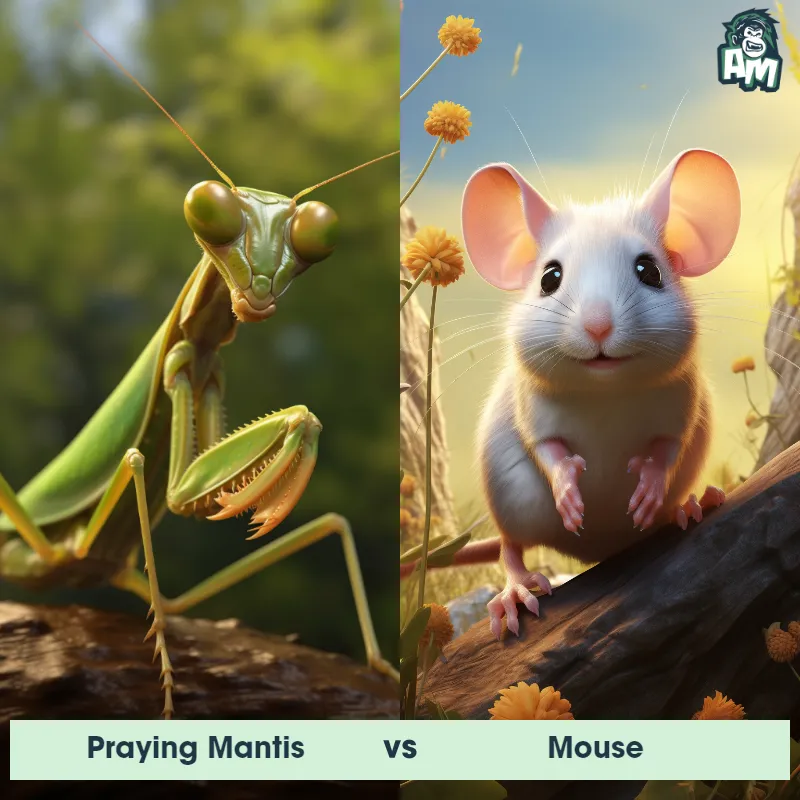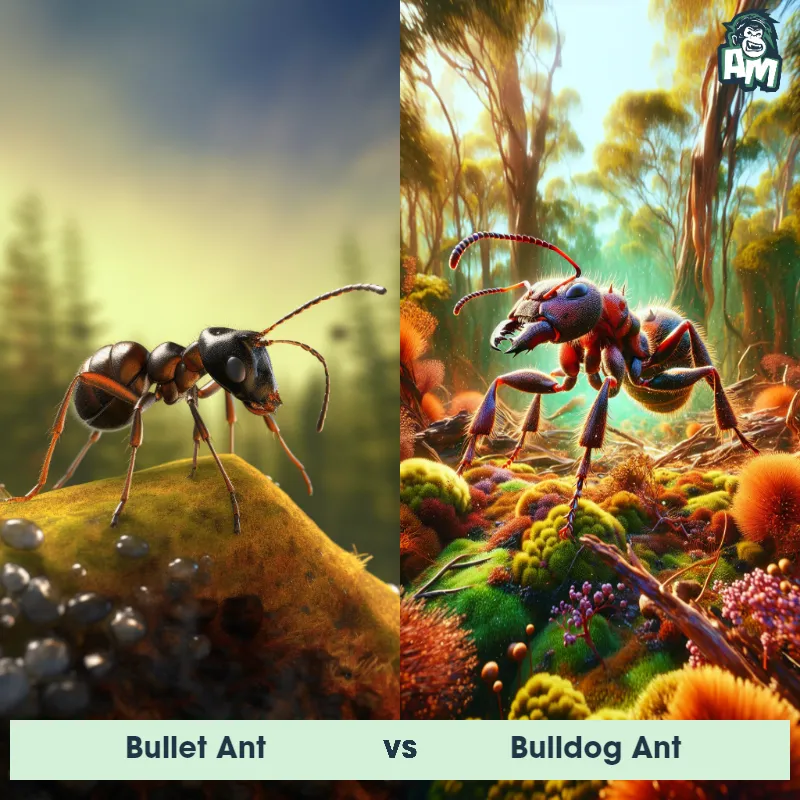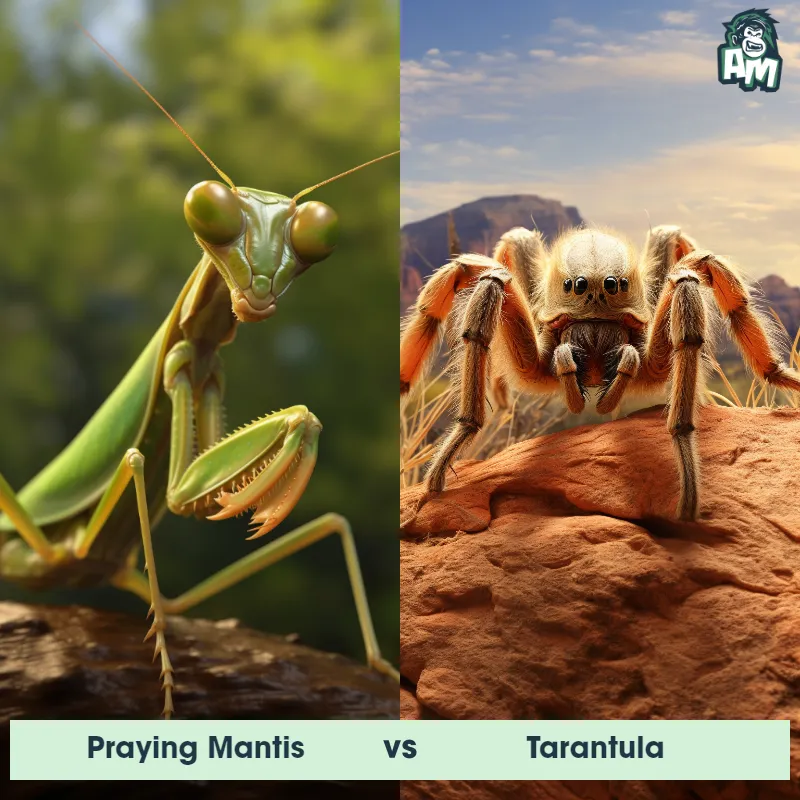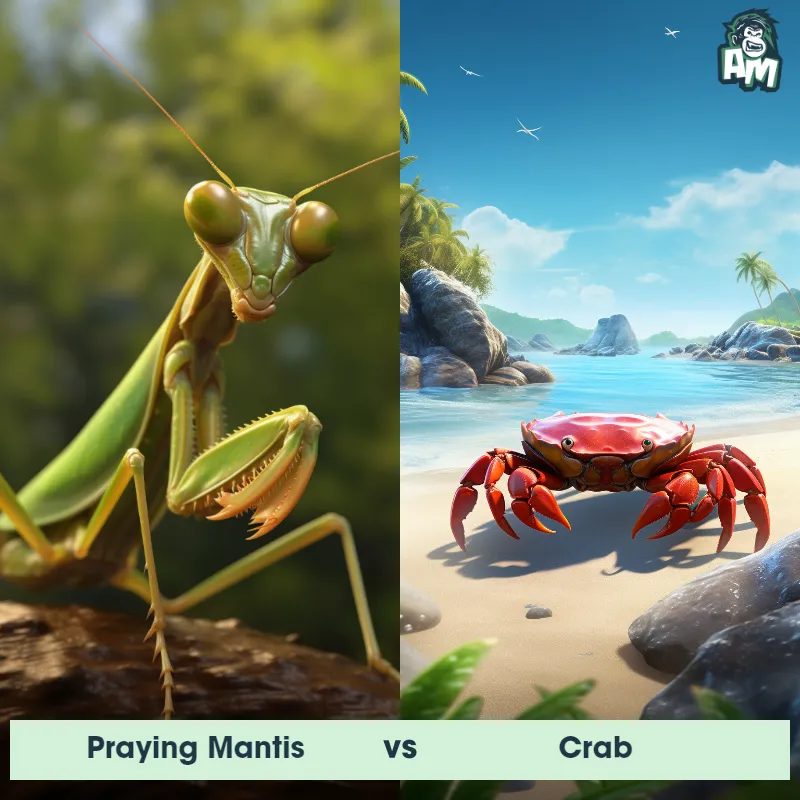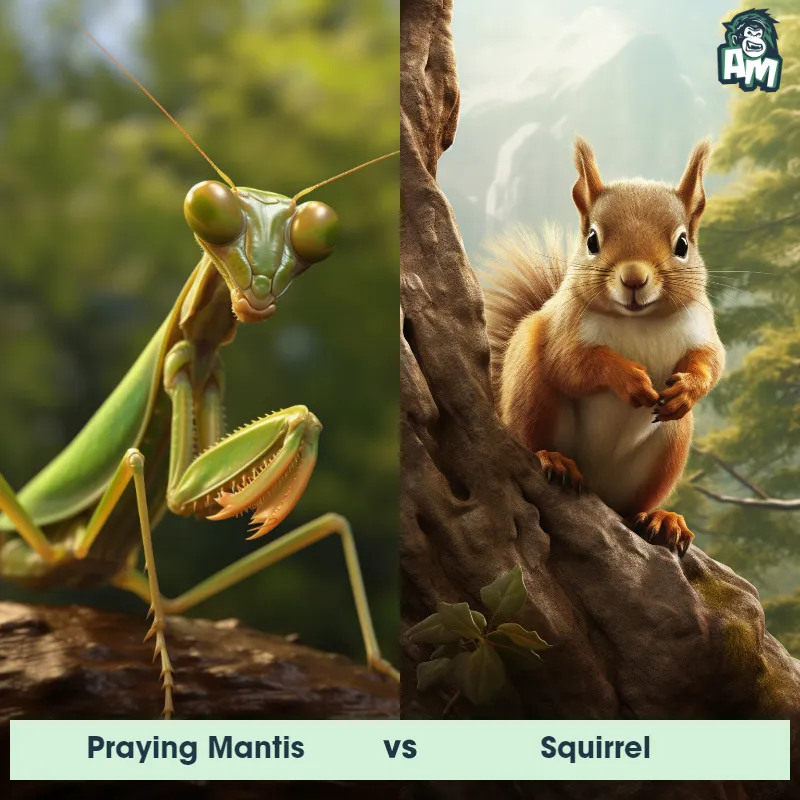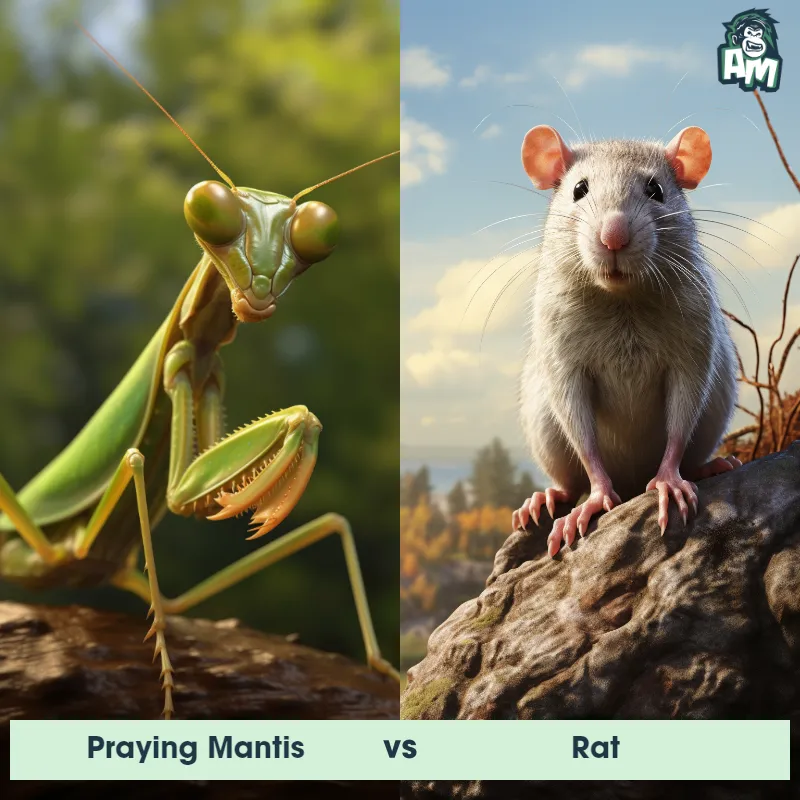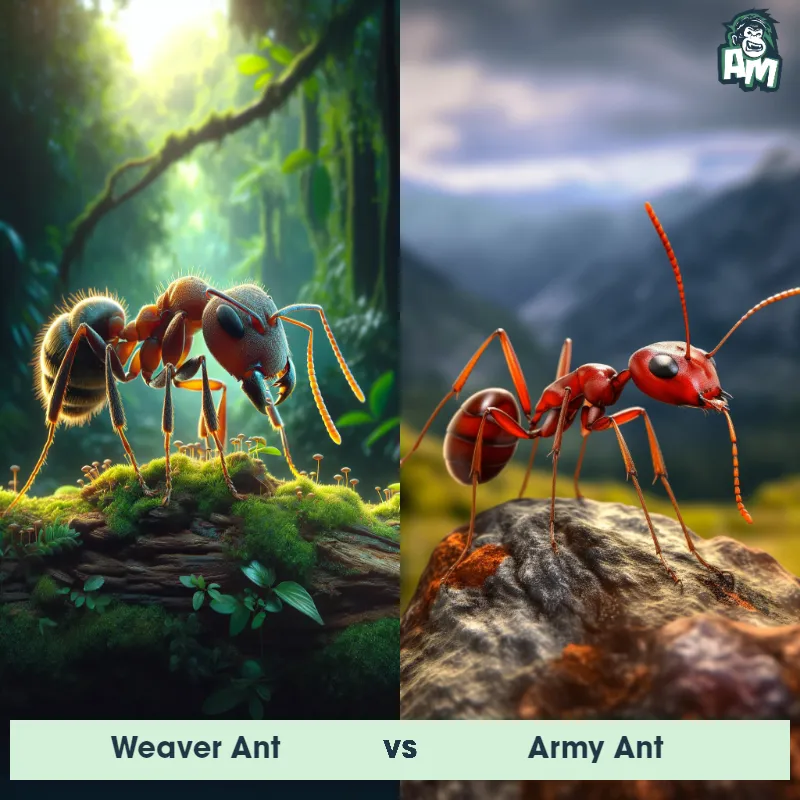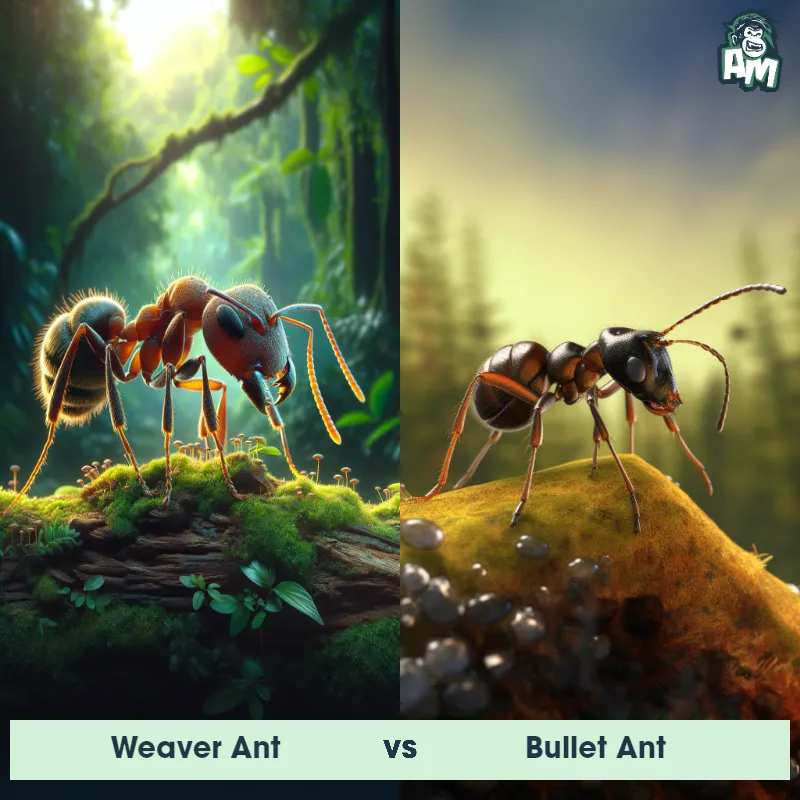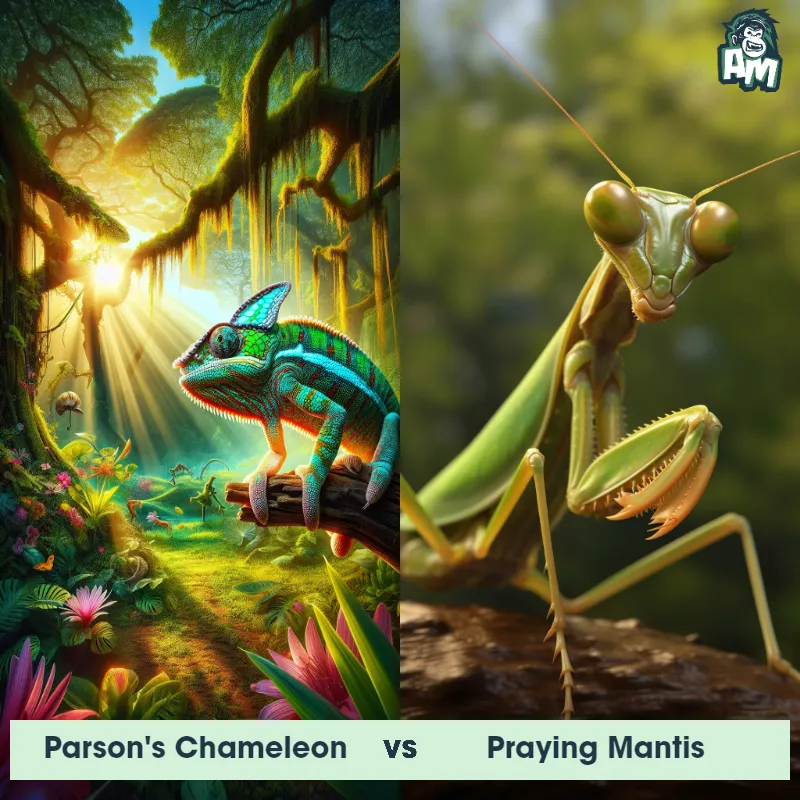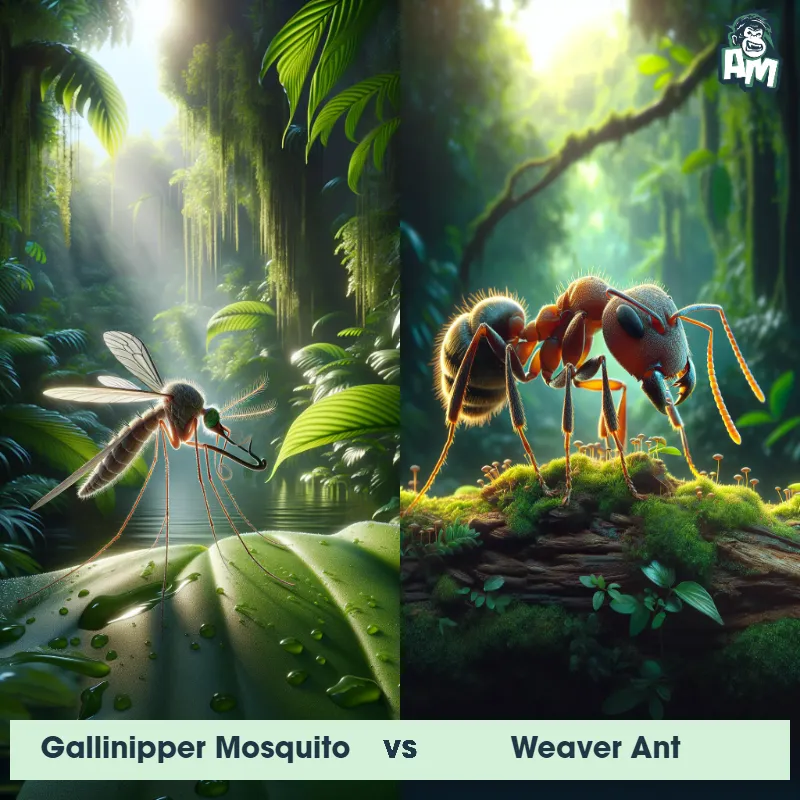Bullet Ant vs Praying MantisSee Who Wins
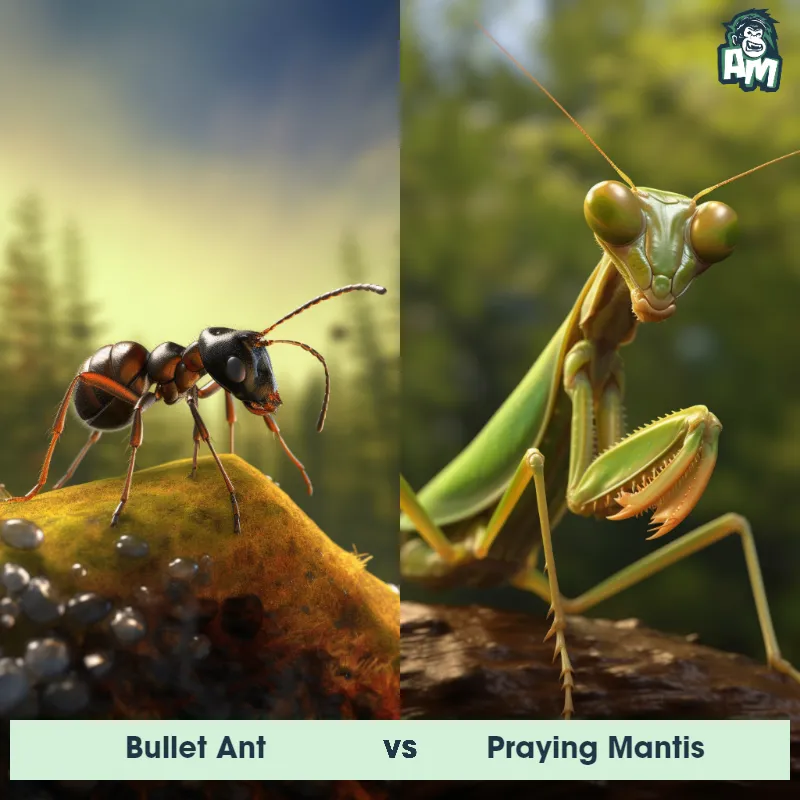
Ladies and gentlemen, welcome to the electrifying world of Animal Matchup where the most fearsome creatures face off in a fight for supremacy! Today, we have an enthralling bout between the ferocious Bullet Ant and the cunning Praying Mantis. Both contestants are ready to unleash their deadly arsenal, so let's dive straight into the action!
Contender 1: Bullet Ant
The Bullet Ant, also known as Paraponera clavata, is a species of ant found in Central and South America. It is known for its painful sting, which is said to feel like being shot by a bullet. The ants are large, measuring up to 2.5 cm in length, and have a black or dark brown coloration. They are also known for their powerful mandibles, which they use to capture prey and defend their colony.
Fun Fact: The Bullet Ant has the most painful sting of any insect in the world, with a pain level that has been compared to being shot by a bullet.
Contender 2: Praying Mantis
The Praying Mantis is a fascinating insect known for its unique appearance and predatory behavior. With elongated bodies and large, triangular heads, these insects are easily recognizable. They have two large, compound eyes and three small simple eyes, which allow them to see in multiple directions at once. Their front legs are modified into powerful grasping appendages, which they use to catch and hold their prey. Praying Mantises are also known for their ability to camouflage themselves, blending in with their surroundings to avoid detection.
Fun Fact: Praying Mantises are known for their cannibalistic behavior, with females often eating their male partners after mating.
Matchup Stats
| Bullet Ant | Praying Mantis | |
|---|---|---|
| Size | Up to 2.5 cm (1 inch) in length (25 mm) | 2-5 inches (5-13 cm) |
| Weight | 4.5 g (0.16 oz) (average worker ant) | 0.1-0.6 ounces (3-18 grams) |
| Key Strength | Powerful mandibles for capturing prey and defending colony | Powerful grasping front legs |
| Biggest Weakness | None | Vulnerable to being flipped onto their backs |
Current Votes
Bullet Ant vs Praying Mantis
See Who Wins
View More Matches
Looking For More?
Similar Matches
Scientific Stats
| Bullet Ant | Praying Mantis | |
|---|---|---|
| Scientific Name | Paraponera clavata | Mantodea |
| Family | Formicidae | Mantidae |
| Habitat | Forest floors | Terrestrial |
| Geography | Central and South America | Worldwide |
| Diet | Insects, nectar, and fruit | Insects, spiders, and other small animals |
| Lifespan | 1 year - 2 years | 6 months - 1 year |
Key Differences between Bullet Ant and Praying Mantis
- Body shape: The Bullet Ant has a sleek and elongated body shape, similar to other ants, with a distinct waist. In contrast, the Praying Mantis has a more elongated and slender body, often resembling a stick or leaf.
- Coloration: Bullet Ants are typically black or dark brown in color, with some species showcasing vibrant red markings. In contrast, Praying Mantises display a variety of colors, including green, brown, and even pink, allowing them to blend into their surroundings.
- Appendage structure: The Bullet Ant possesses six legs and two antennae, characteristic of most ant species. On the other hand, the Praying Mantis stands out with its unique raptorial front legs, which are modified for capturing prey.
- Size: The Bullet Ant can reach lengths of up to 1 inch (2.5 cm), while the Praying Mantis is generally larger, with some species exceeding 6 inches (15 cm) in length.
- Wing presence: Adult Bullet Ants are without wings, as they belong to wingless worker castes within the ant colony. In contrast, adult Praying Mantises have two pairs of wings, with the front wings being long and narrow, while the hindwings are broader and fan-like.
- Head shape: The Bullet Ant possesses a distinct head with large compound eyes and powerful mandibles. The Praying Mantis, on the other hand, showcases a triangular-shaped head with elongated eyes that are often positioned forward, giving them an alert appearance.



